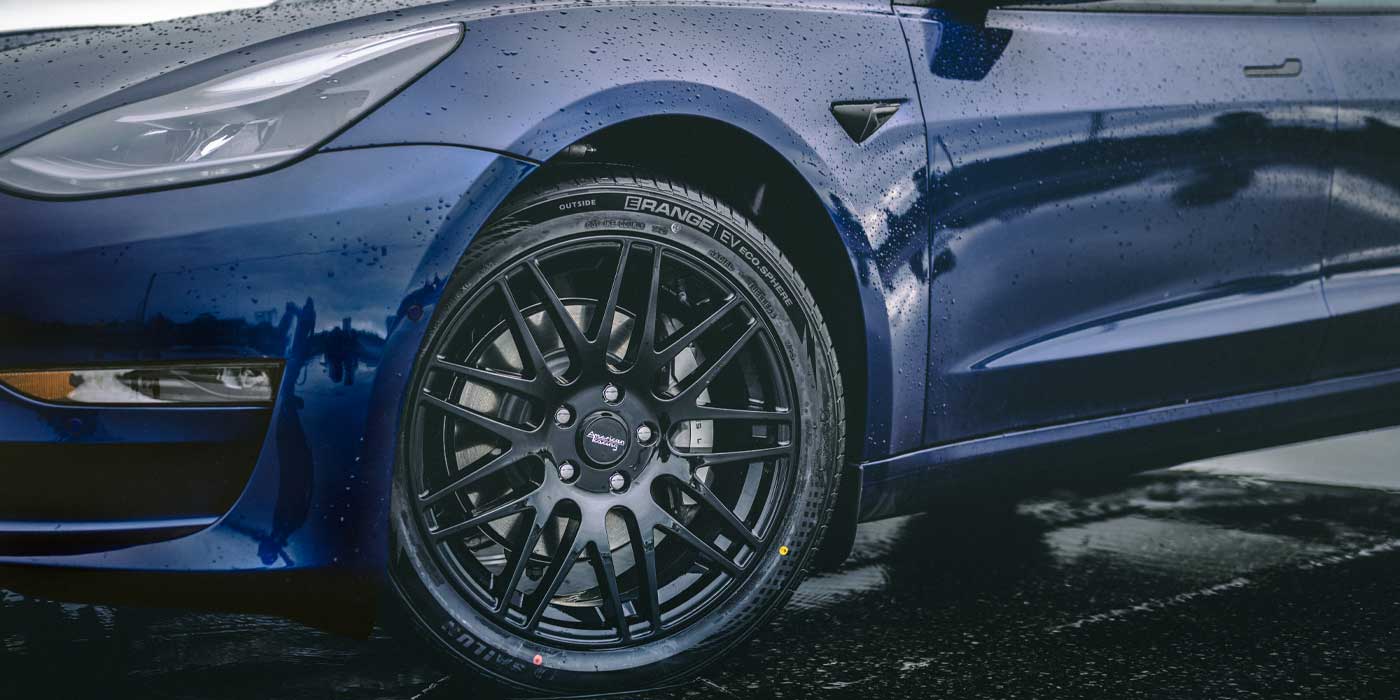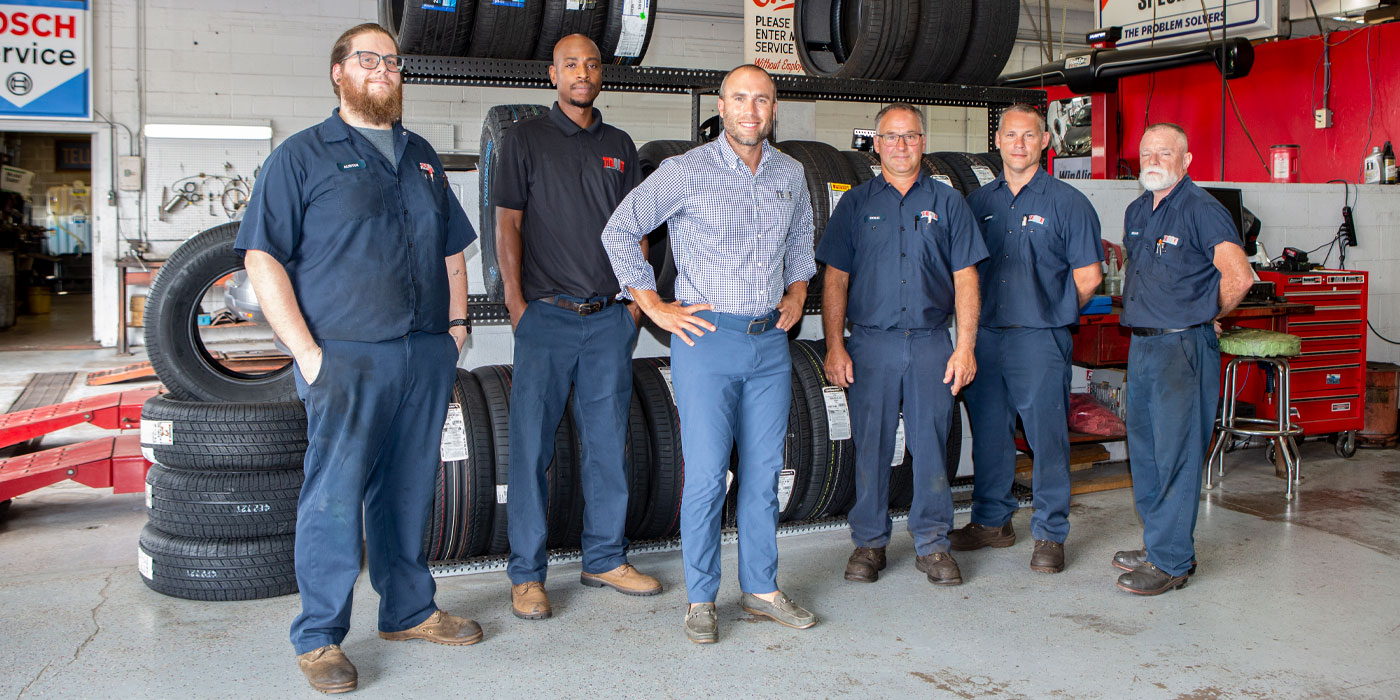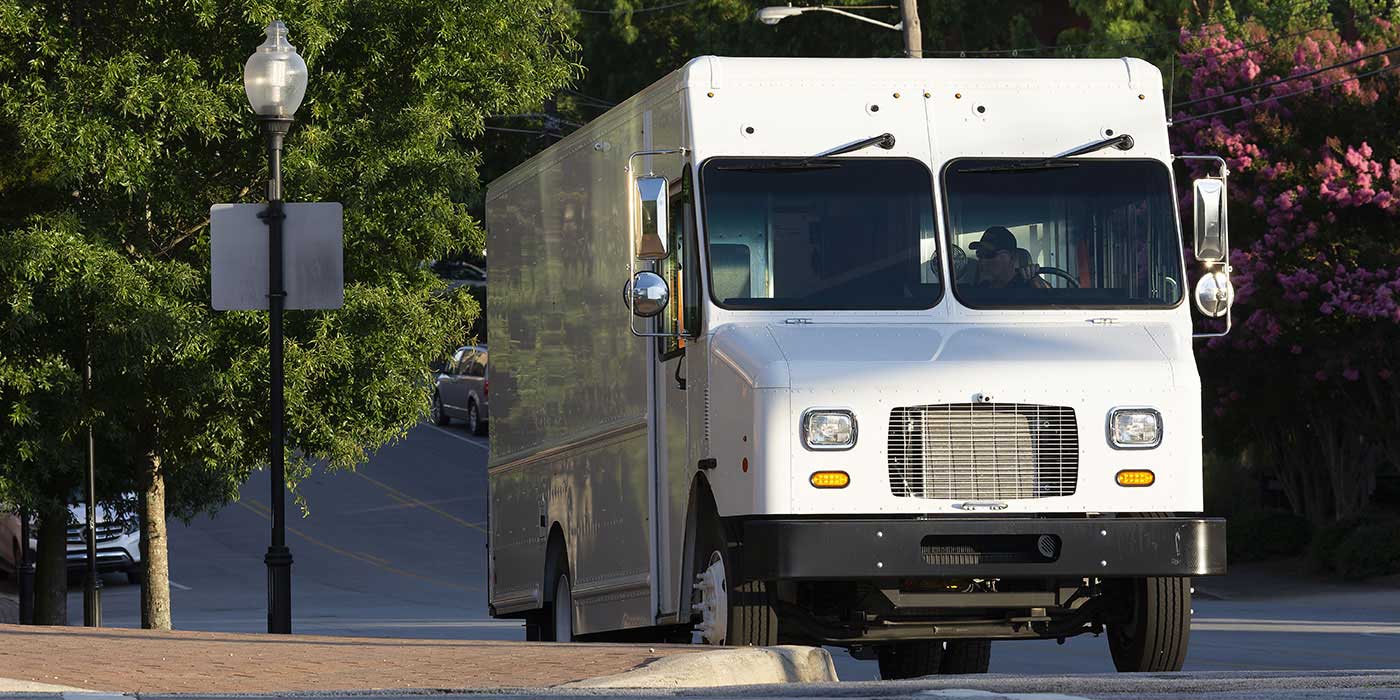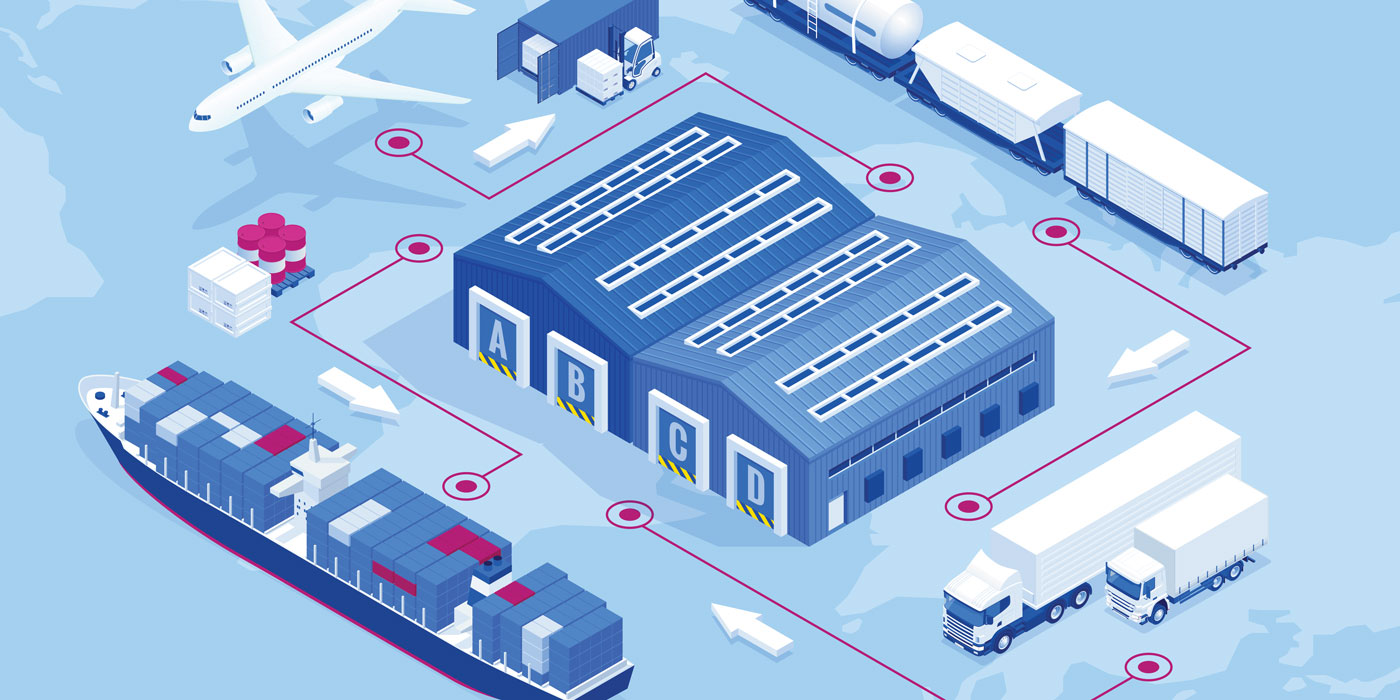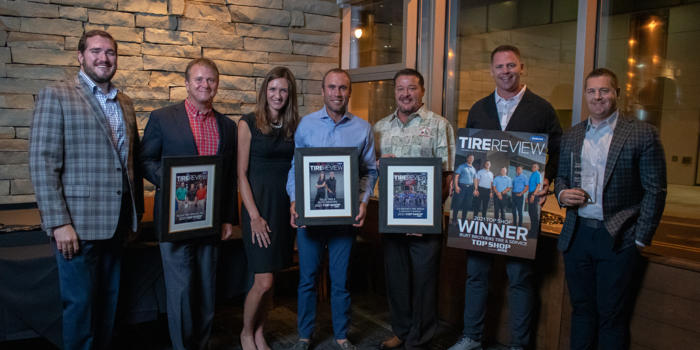It was a sad, sad day, Oct. 22 was. Mark a big black flag on your calendar. Shed a little tear. When the checkered flag dropped on that day’s Brazilian Grand Prix, it marked the official end of real competition in big-time racing.
As of Oct. 23, there is no longer any competition in NASCAR. Or in IRL or Champ Car. Neither in the WRC, nor, even, in Formula 1.
No more “Race on Sunday, Sell on Monday.”
For the first time in anyone’s memory – perhaps ever – the world’s major race series are all spec-tire programs.
Goodyear is exclusive in NASCAR. Firestone in IRL and Bridgestone in Champ Car. And, Bridgestone now holds F1. BFGoodrich has WRC all to itself.
Boring.
Sure, we have NHRA and ALMS, where tire competition is alive and well. But neither holds the same interest – on this continent or worldwide – as the others. And, I’m not too sure about Champ Car, at least until it merges with IRL.
Grassroots events remain strong – from sprint cars to dirt tracks, amateur to club events – where all kinds of brands leave their treadmarks. These are great events that attract a lot of attention. Many tire dealers are involved as racers or sponsors or suppliers.
But it’s just not the same.
When I was a kid, Memorial Day meant two things: a cookout and listening to the Indy 500 on the radio. Actually, it was more like straining to hear the 500 over the din of my parents and their friends yammering about this and that.
Back then, it was Goodyear and Firestone, and occasionally, a couple of others. It was driver against driver, machine against machine, tire against tire. It was flat-out racing at unheard-of speeds and unrelenting danger. Guys didn’t walk away from those wrecks. Driving suits were as fire retardant as the tablecloth we ate over. My little-league batting helmet offered more protection.
It was really cool.
Lola and Lotus and McLaren and Porsche. Jackie Stewart and Emerson Fittipaldi and Niki Lauda. The exotic names and marques just sounded like racing. They jumped out of the TV – on the rare times we got to see F1 races in the states – and showed us that the rest of the world did more than make left turns. Pirelli, Michelin, Goodyear, Firestone – they were all there. And they competed as ruthlessly as any team or driver.
Through most of its paint-swapping life, NASCAR was a sturdy multi-tire series, with Goodyear and Firestone (and later Hoosier) competing nose-to-tail with the drivers. Of course, back then, the cars were actually Chevys and Fords and Dodges. Now, we have faux namebadges and more drama than a Univision soap opera, but just one tire.
From Talladaga to Charlotte, Indianapolis to the streets of San Jose, from Monte Carlo to Shanghai and all those cool rally layouts in between – one tire. Rule changes and costs drove tire competition into the wall. At least Michelin went kicking and screaming.
The pressures of competition – where millions are at stake each and every week – drove up R&D and testing costs. Capital, personnel and promotion costs – if you’re gonna race, you’d better tell someone – are also out of sight. Tire chiefs looked at it all and decided they couldn’t sell enough on Monday – or the rest of the week – to satisfy the dollar drunk that big-time racing has become.
Corporate ego once drove racing. A good old-fashioned racetrack throw down was how we determined whose tire was best. Until the next race. It was fun and fascinating and, in its own devil-may-care way, necessary. Where would brands like Firestone, Goodyear, Pirelli, Michelin or others be today if it wasn’t for the racetrack?
But it’s far different today. What was once friendly weekend competition has turned into an arms race, ruled by impertinence and soulless accountants.
And, how will the mono-tire racing transfer new and better things to our everyday chariots? Will tiremakers lose an edge?
Given the progress of consumer tires since the major race series progressed – or regressed – to single-tire efforts, I guess it won’t really matter. Nothing significant has really been “born on the racetrack” for a good long time.
Still, tire-competition-free racing, at least for me, will be a yawn. So, too, is equally skilled drivers and cookie-cutter cars ‘competing’ in a world in which the difference between 219 mph and 218.99 mph is not measured by stopwatches but by dollars. It’s a world in which the haves clearly have, and the have-nots are called ‘backmarkers.’
We are all a bit poorer now. Another keystone has been lost. Maybe someday competition will return. Maybe.
For now, you’ll have to fan your competitive flames in another fashion.
Maybe beer commercials?


